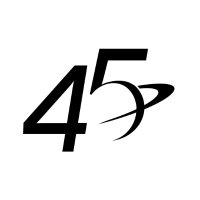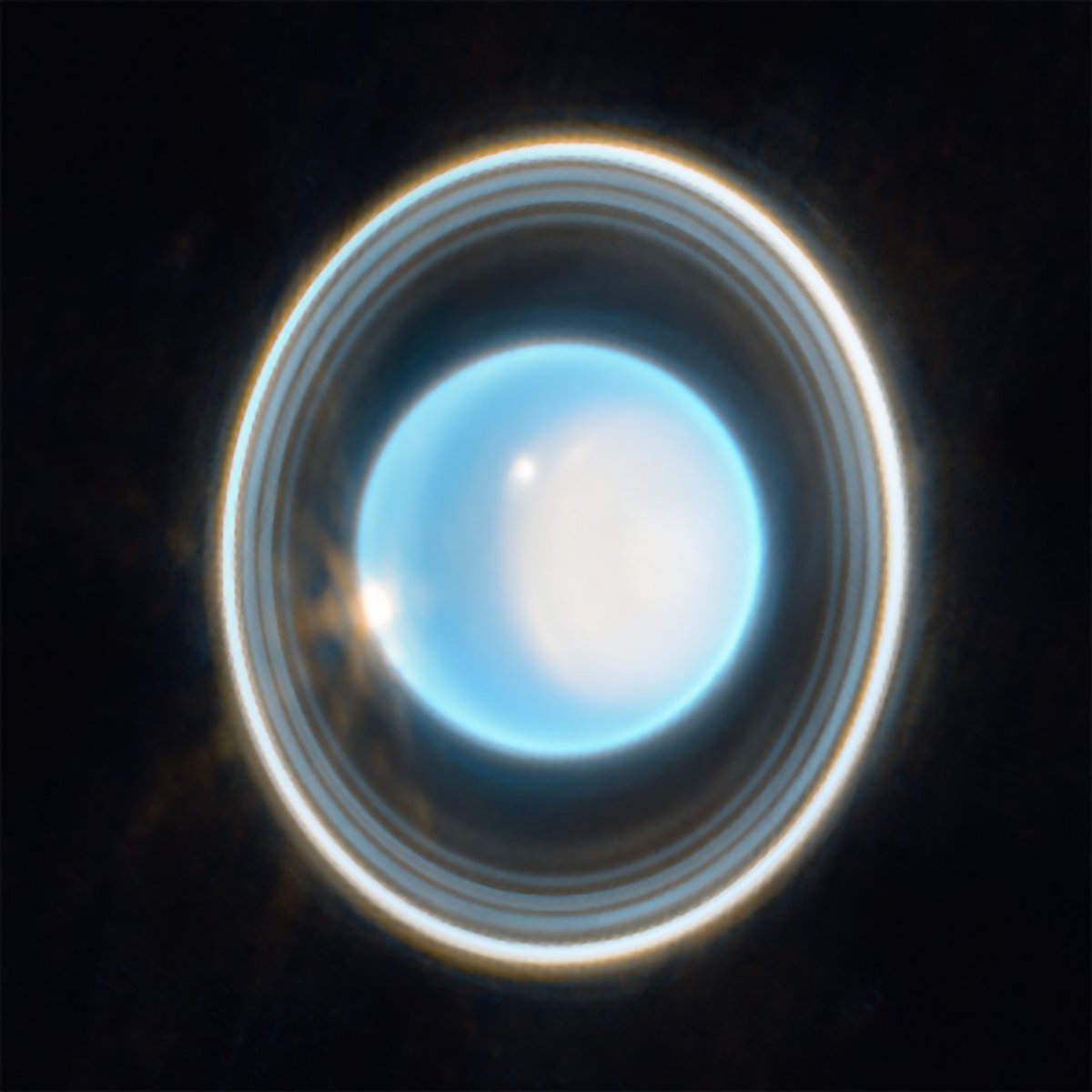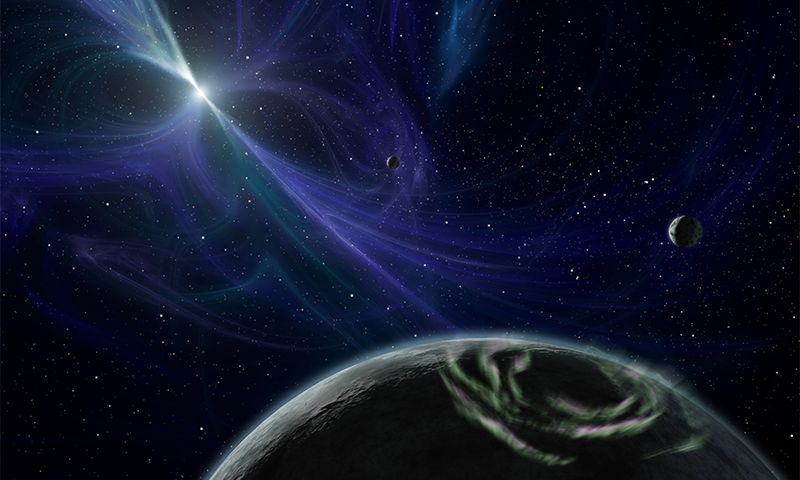
Prof. Abel Méndez 🔭 🔬
@profabelmendez
Planetary Astrobiologist and Director of the @PlanetaryHabLab. astrodon.social/@profabelmendez #exoplanets #astrobiology #habitability
ID: 89264343
http://phl.upr.edu 11-11-2009 19:43:04
134,134K Tweet
20,20K Takipçi
14,14K Takip Edilen

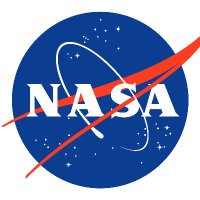
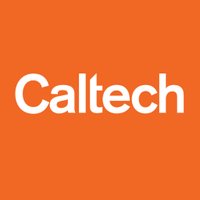

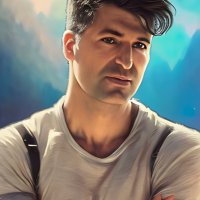







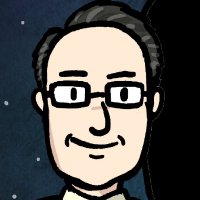

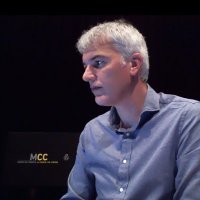
Gracias a Javier Santaolalla por invitarme a hablar en su canal sobre 3I/Atlas y la idea de que sea una nave alienígena youtu.be/DV81hgjx2RU?si…


